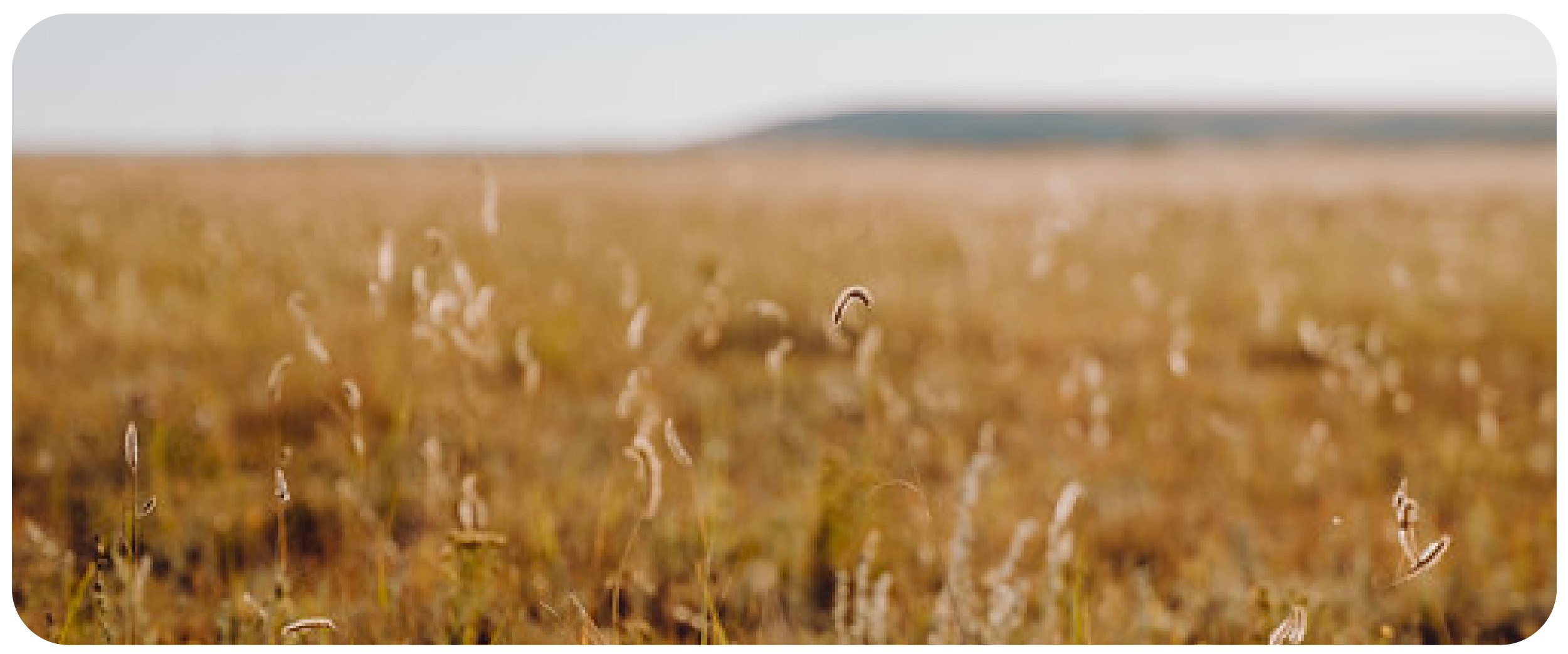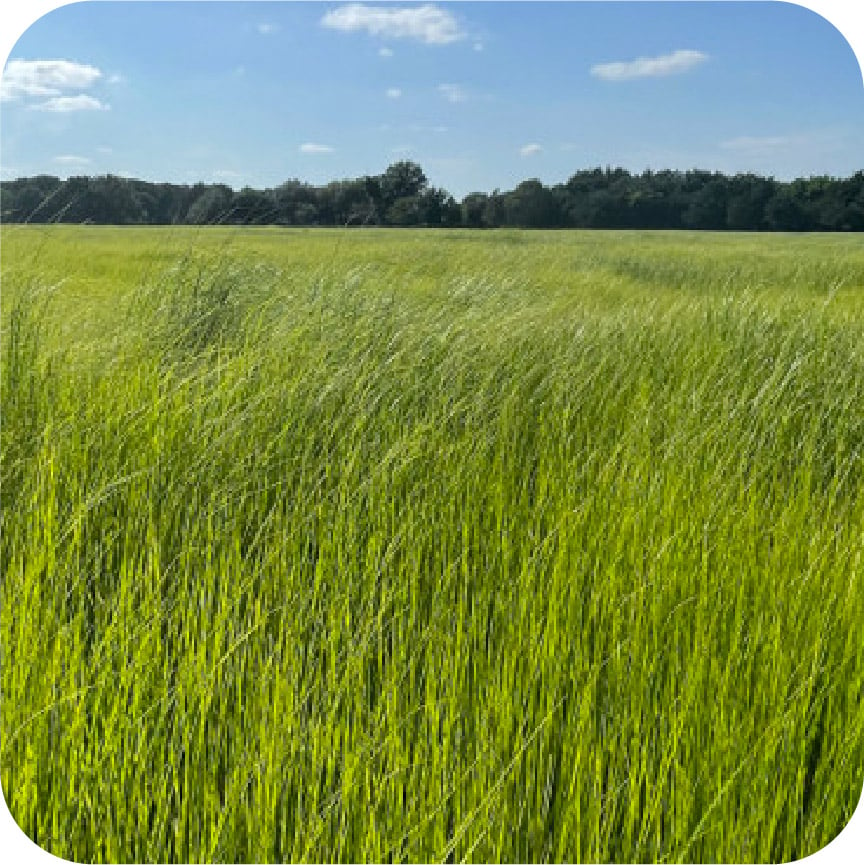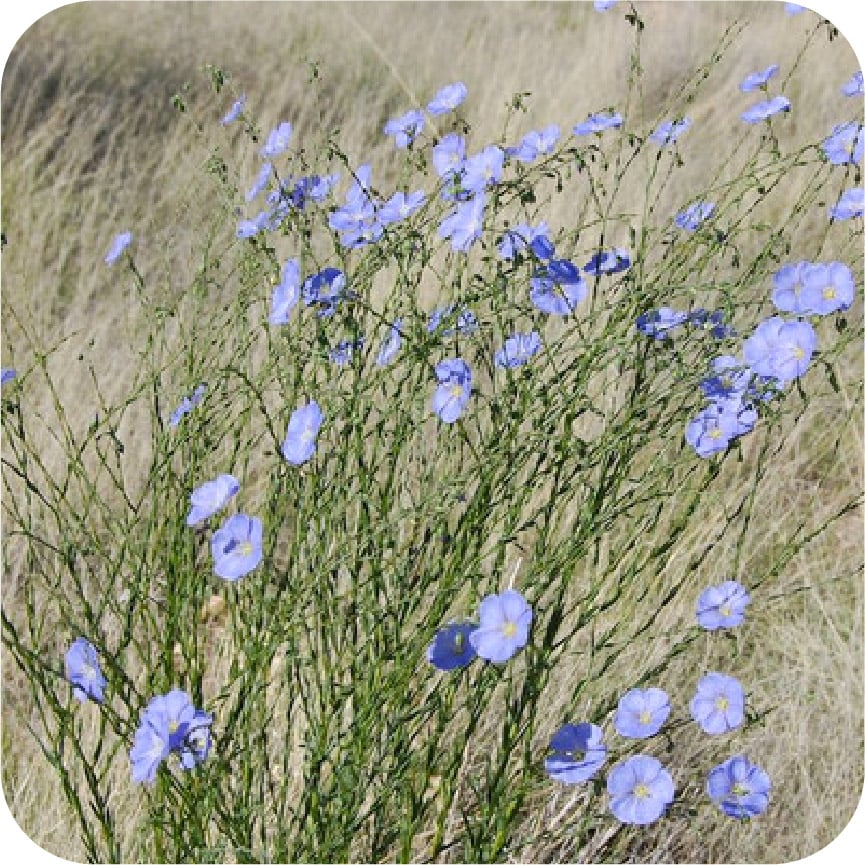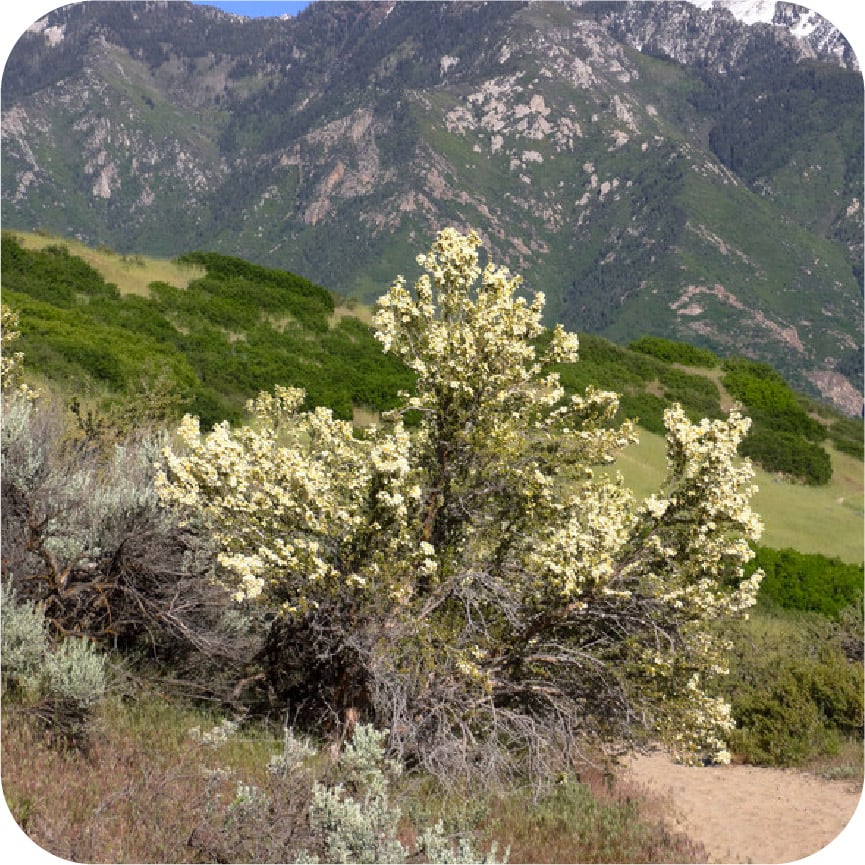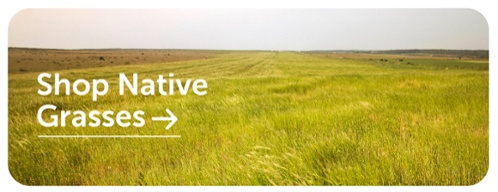When it comes to planting, the seed you ultimately select plays a larger role than you might realize. Introducing native seeds to a particular area can potentially revitalize it, helping it thrive for generations to come. But what is native seed? How can it reinvigorate your space? And in the end… is it even worth it?
What is native seed?
Native seeds are what they sound like: seeds native to the region you live in. They are the plants that grow there naturally, the ones best suited to that particular environment because they originate from that place. Native seeds weren’t brought about by human interaction–whether intentionally or unintentionally–but rather, occur naturally.
Native seeds can include various types of flora, such as trees, shrubs, flowers, ferns, etc. Their opposite is introduced seed, which is a seed that was introduced by humans into a particular habitat, ecosystem, or area. And while some introduced seeds can be helpful to the area, others can be harmful. When an introduced species results in a negative impact on the environment, they earn the title of invasive.
Why is native important?
Native seeds tend to grow better in their original environment, largely because they’ve adapted to thrive in that specific environment. They work wonders in restoring plant communities, countering invasive species, and supporting healthy ecosystems. Even beyond those positives, native plants assist in healthy conservation and restoration efforts. Essentially, planting native seeds replenishes the blueprints Mother Nature already drew up–a philosophy we pride ourselves in.
What are the benefits of native seed?
By being indigenous to a specific region, native seeds are better at adjusting to local climate and soil conditions. As such, they can be more successful in their growth than introduced plant life. They can also support local wildlife, as they already occupy a place in the ecosystem, and as such, they can help reduce the need for chemical pesticides and fertilizers.
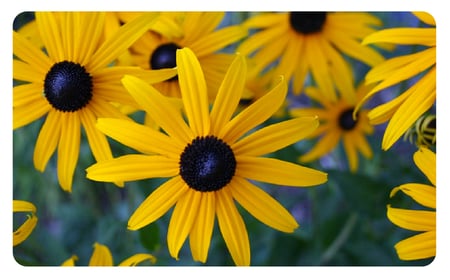
For example, the Black-eyed Susan thrives in full sunshine, and is best planted after the threat of frost has passed. They don’t like excess moisture and spread by self-seeding, meaning they can overtake nearby flowers if left unattended. Does that sound like a wildflower that would grow well in prairies and pastures? This particularly bright yellow, daisy-like flower thrives in such spaces and conditions.
How to plant native seeds.
While a plant might be native to an area, it’s still important to do some preparation and research before planting. Analyzing the soil and climate is critical, and preparing the soil is a must. You’ll also need to pay careful consideration to the existing vegetation in the area if you aren’t planning on removing it all. And you’ll also need a game plan for watering, weeding, and further care for the seeds.
We’d love to talk with you about how we can assist your growing efforts with our vast catalog of seeds. Whether you’re looking for turf and native grasses, wildflowers, shrubs and forbs, or anything in between, we can help you select native seed for your particular area and share some best practices to help it thrive. By planting native, you’ll leave Mother Nature better off than when you found her.

